Video Aspect Ratio: A beginner's guide
In the dynamic world of video production, aspect ratios are more than just a set of numbers—they are the canvas on which visual stories are painted. Each aspect ratio carries with it a unique set of implications for composition, narrative, and viewer engagement. Let's explore some of the key aspect ratios, their historical contexts, and how they are leveraged across various media, from cinema to social media.
The Spectrum of Aspect Ratios: A Deep Dive
1:1 (Square) Aspect Ratio: A Social Media Staple
The 1:1 aspect ratio, also known as the square format, has seen a resurgence in the era of social media. This format has gained popularity on social media platforms like Instagram, where it focuses on a central subject. It's often used for showcasing products, portraits, and quick snippets. A notable modern example of the 1:1 aspect ratio is seen in the series "Homecoming" (2018-2020), directed by Sam Esmail, which uses this ratio to visually separate the two timelines in the story.
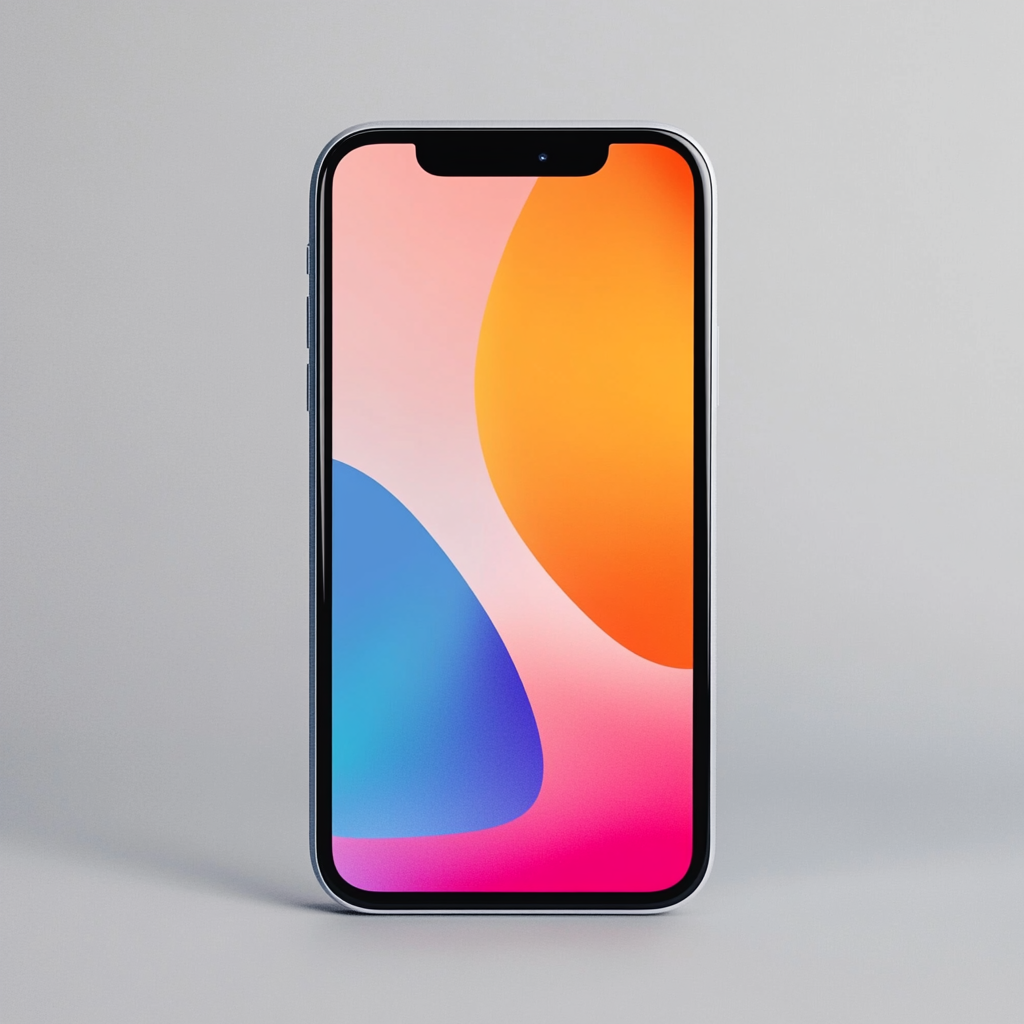
-
Pros:
- Ideal for social media platforms like Instagram
- Focuses on a central subject
- Great for showcasing products and portraits
-
Cons:
- Limited horizontal space for wide scenes
- May require cropping of wider content
4:3 (Fullscreen) Aspect Ratio: A Historical Standard
The 4:3 aspect ratio, also known as 1.33:1, has a long history in film and television, tracing its origins back to the early days of cinema and the golden age of television. This ratio was selected by Thomas Edison and William Kennedy Laurie Dickson because it matched the dimensions of 35mm film stock, which was 1.33 times wider than it was tall. A modern example of a film using this aspect ratio for artistic reasons is "The Grand Budapest Hotel" (2014) by Wes Anderson, which uses 4:3 for scenes set in the 1930s to evoke a period feel.

-
Pros:
- Historical standard with a classic feel
- Can evoke a period feel in modern productionsAspect Ratios in Practic
-
Cons:
- Less suitable for modern widescreen displays
- Limited horizontal space compared to wider formats
16:9 (Widescreen) Aspect Ratio: The Modern Standard
The 16:9 aspect ratio has become the international standard for television, cinema, and online streaming platforms. It's also the default setting for most video recording devices and DSLRs. This aspect ratio is popular because it can show much more information horizontally, enhancing the epic scale of scenes. However, for close-ups, the widescreen can include distracting background elements. A good example of a movie that utilizes the 16:9 aspect ratio is "Mad Max: Fury Road" (2015), which takes advantage of the wide frame to convey the massive scale of the sandstorm.
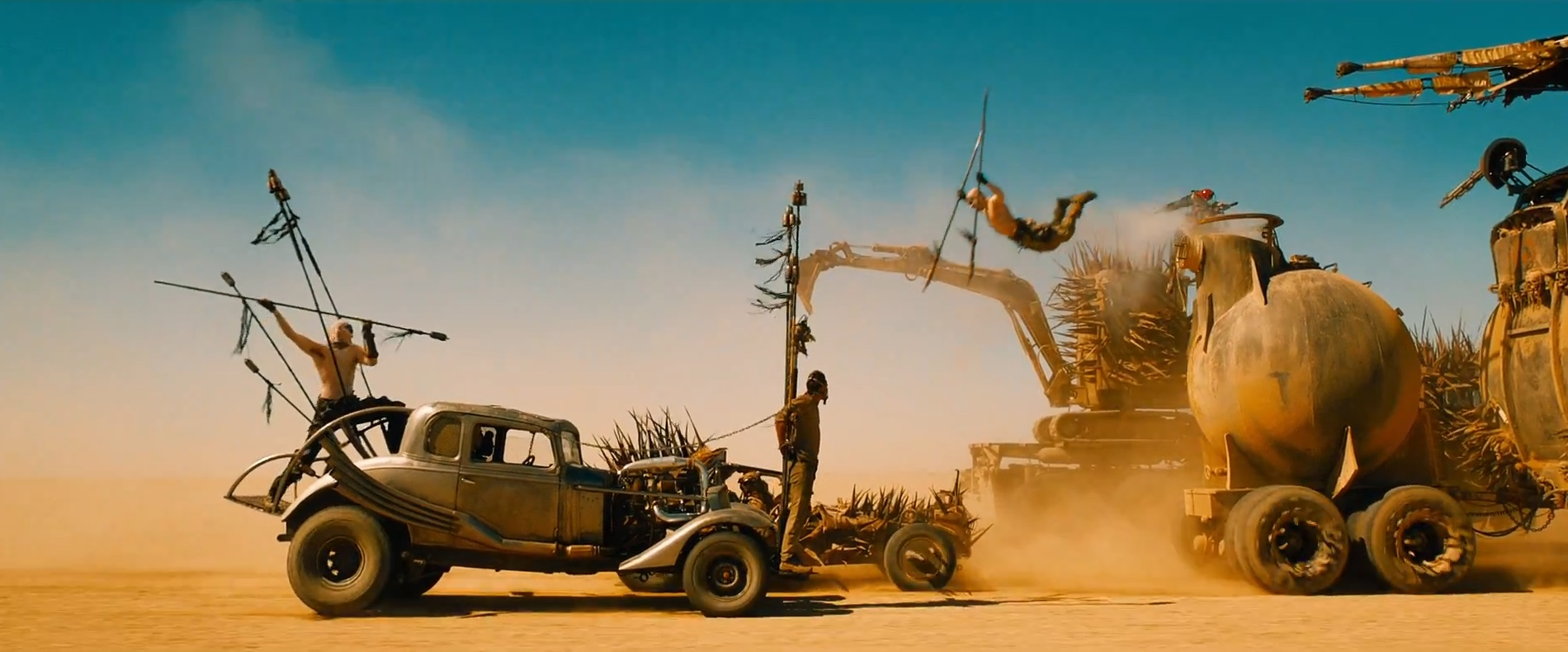
-
Pros:
- International standard for TV, cinema, and streaming
- Shows more information horizontally
- Enhances epic scale of scenes
-
Cons:
- Can include distracting background elements in close-ups
- May not be optimal for vertical content on mobile devices
9:16 (Vertical) Aspect Ratio: The Mobile Revolution
The 9:16 aspect ratio is commonly used for vertical video and is perfect for social media platforms like Instagram Reels, TikTok, and Snapchat. This format is optimized for mobile viewing, filling most of the screen when held upright, providing an immersive and engaging experience for viewers. An example of content that thrives in this aspect ratio is the sped-up time-lapse videos often shared by artists on Instagram.
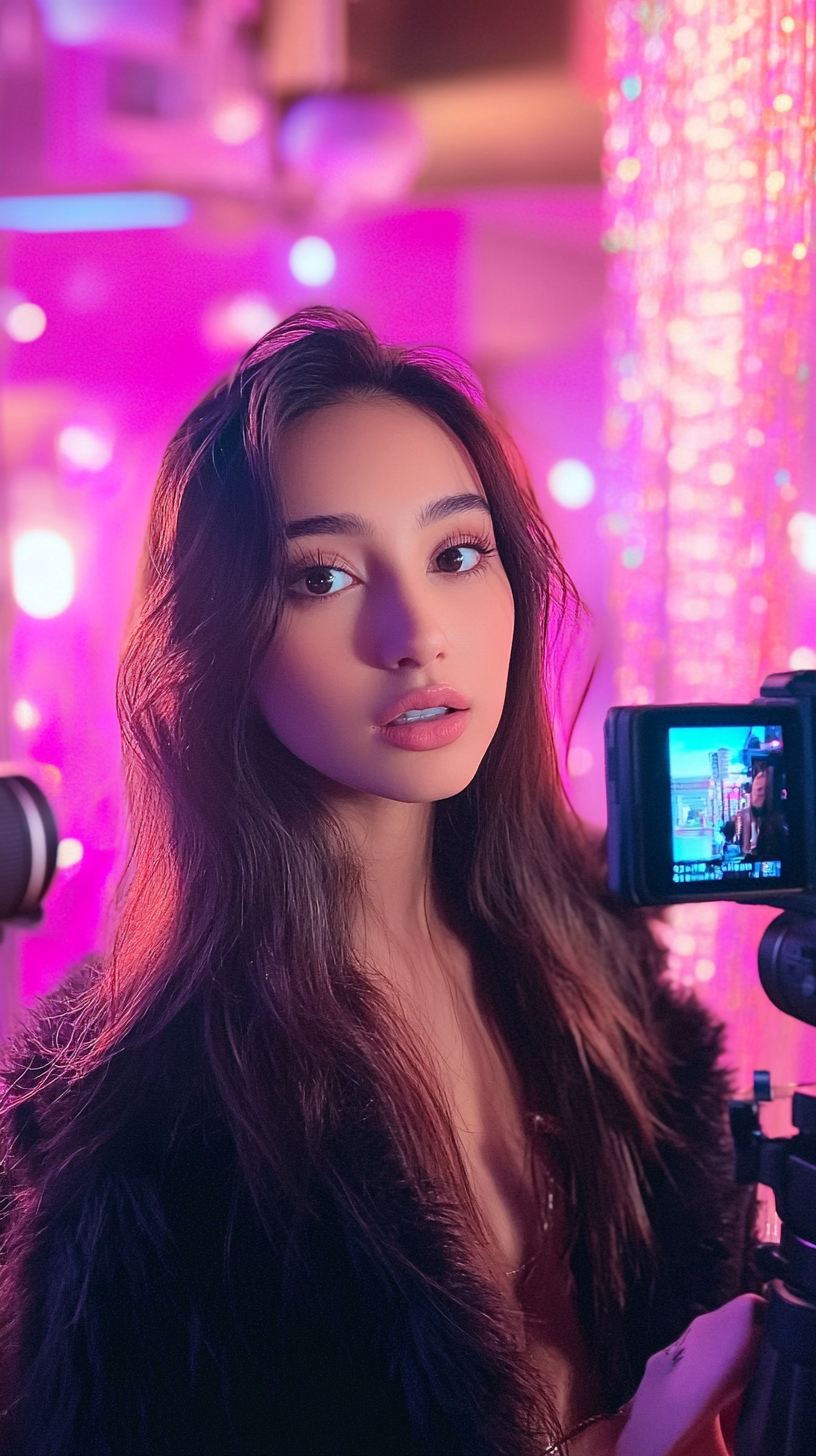
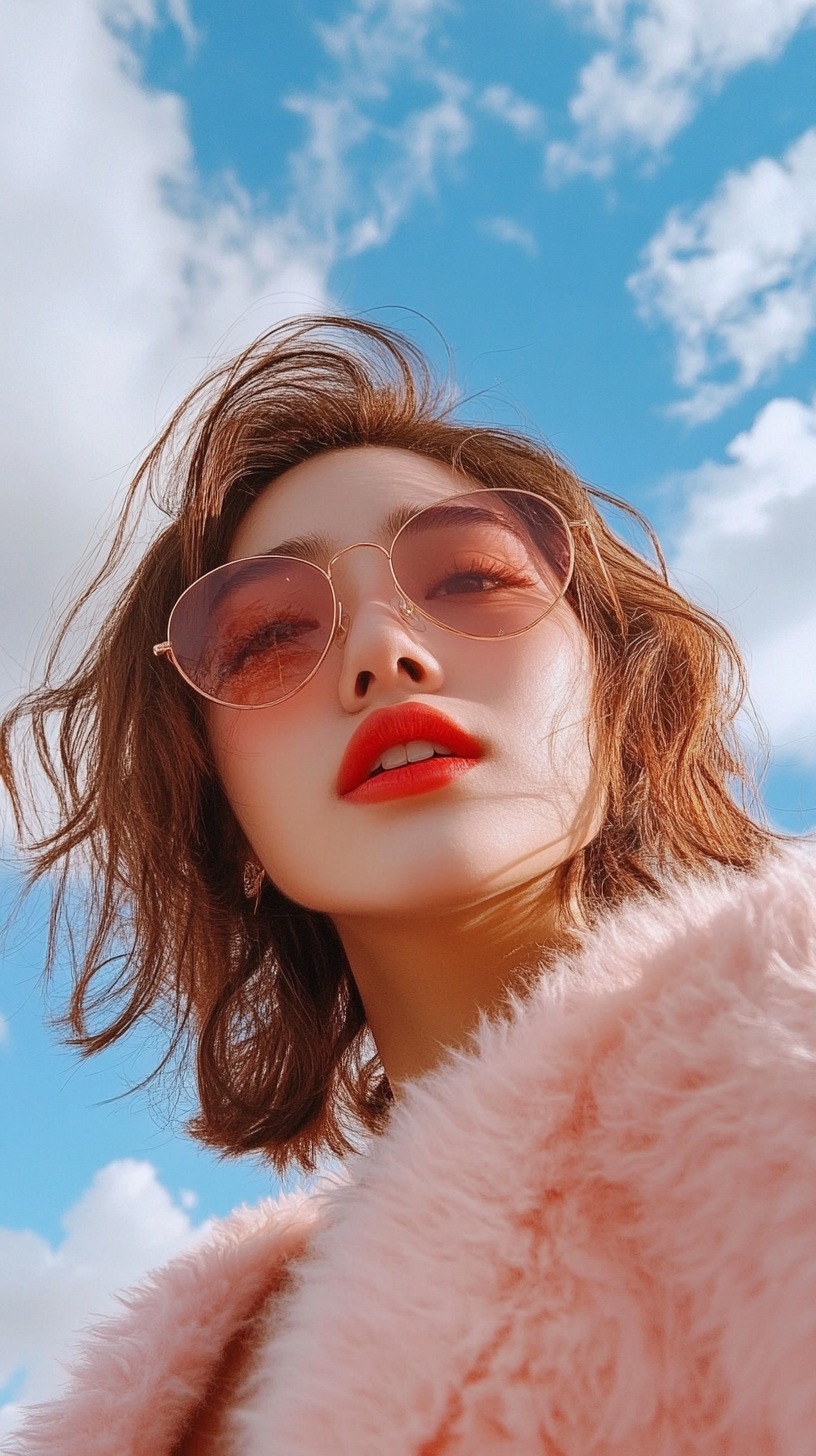

-
Pros:
- Optimized for mobile viewing
- Perfect for social media platforms like Instagram Reels, TikTok, and Snapchat
- Provides an immersive experience on smartphones
-
Cons:
- Not suitable for traditional TV or cinema viewing
- Limited horizontal space for wide scenes
21:9 (Cinematic) Aspect Ratio: The Ultimate Immersion
The 21:9 aspect ratio, also known as ultra-widescreen, is an extension of the cinematic widescreen format. It is much wider than it is tall, providing a panoramic viewing experience. This aspect ratio is close to the Anamorphic format used in film production, allowing viewers to see movies without the black bars on the top and bottom that are common with other screens. A great example of a film that leverages the 21:9 aspect ratio for an immersive experience is "Blade Runner 2049" (2017), which uses the wide frame to create a sense of scale and depth.
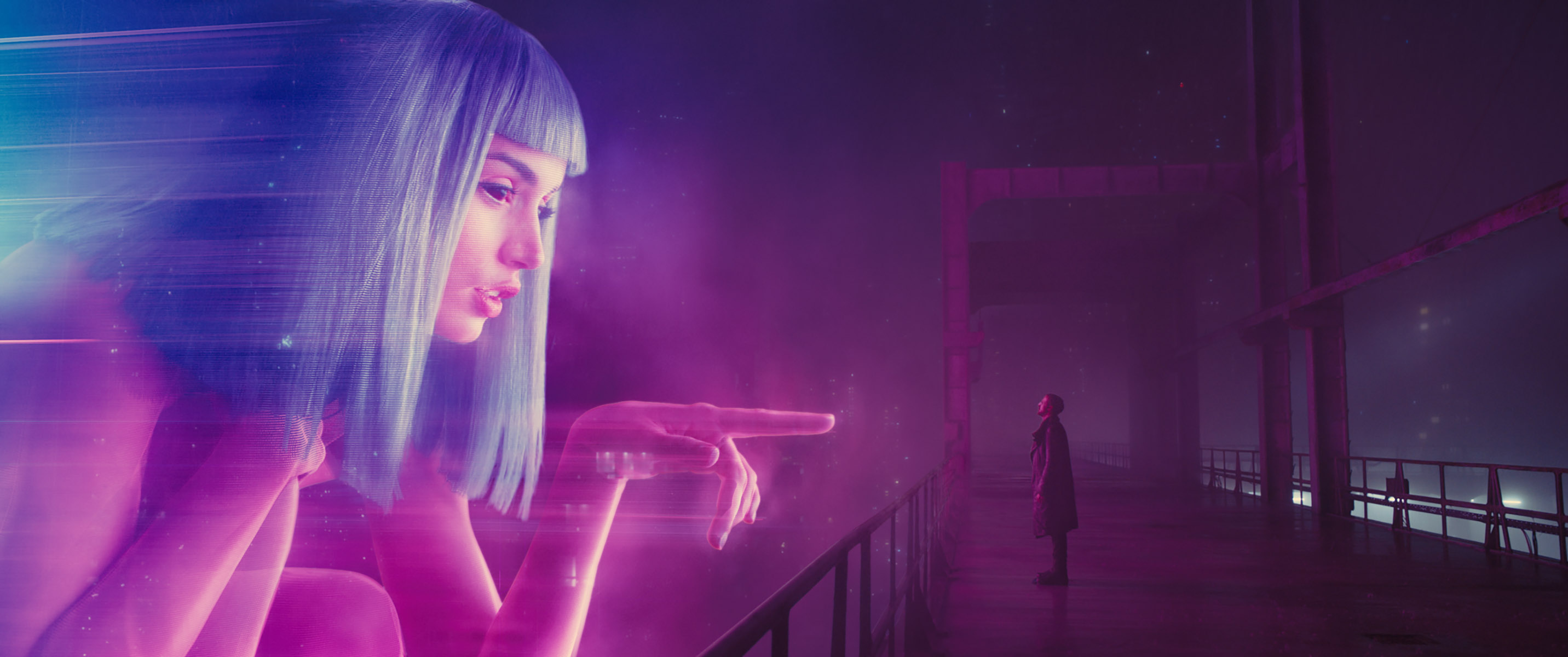
-
Pros:
- Provides a panoramic viewing experience
- Close to Anamorphic format used in film production
- Creates a sense of scale and depth
-
Cons:
- May not fit well on standard displays without black bars
- Can be challenging to frame for both wide and close-up shots
2:1 (Univisium) Aspect Ratio: A Compromise for Multiple Screens
The 2:1 aspect ratio, often connected to cinematographer Vittorio Storaro, was established as a universal possibility for both cinema and TV in the late 1990s. This aspect ratio is gaining more attention as a format for movies and TV series, offering a balance between the cinematic and television formats. A notable example of a series that uses the 2:1 aspect ratio is "Stranger Things" (2016-present), which helps to create a visually cohesive experience across different episodes and scenes.
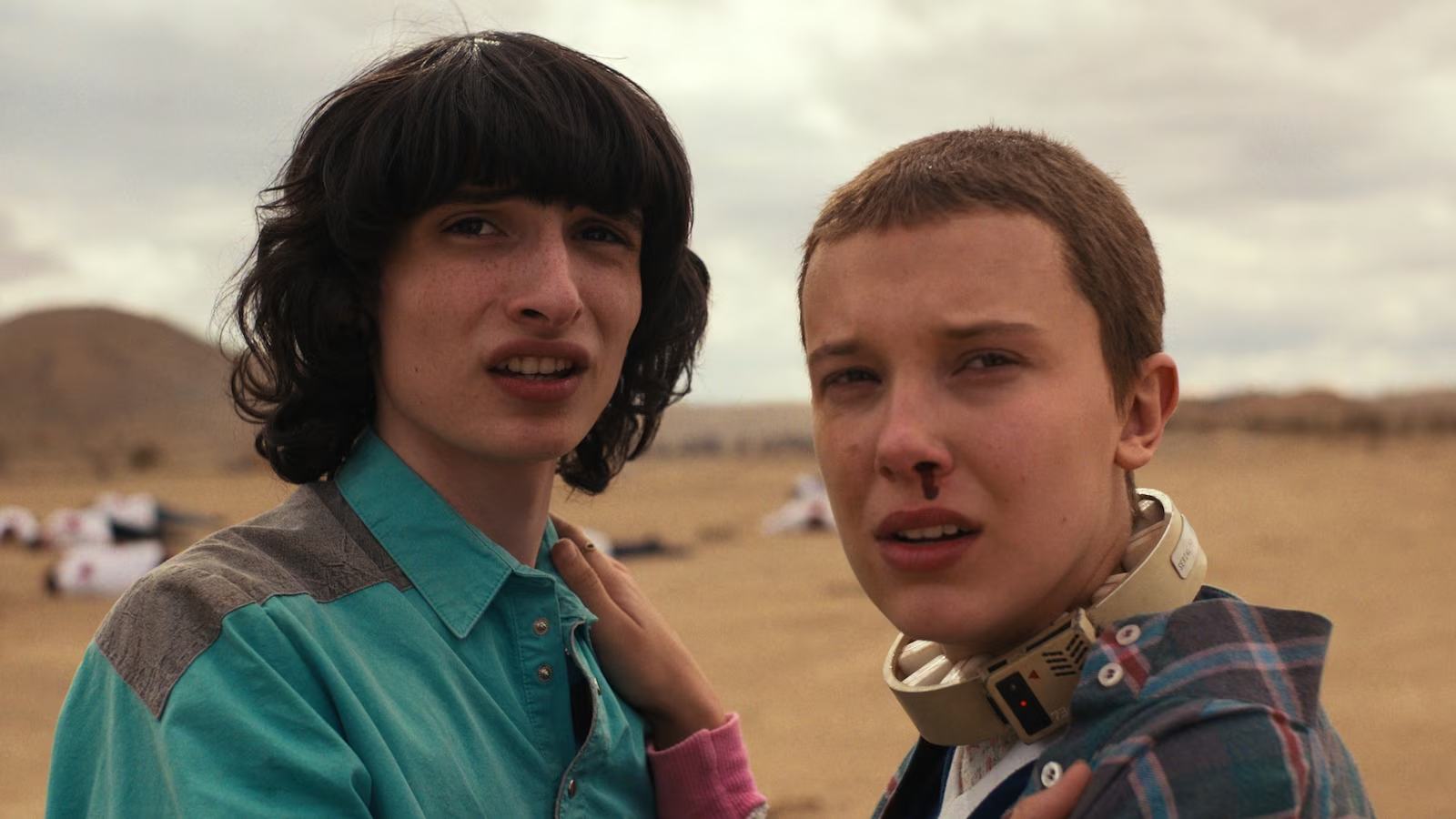
-
Pros:
- Offers a balance between cinematic and television formats
- Suitable for both movies and TV series
- Creates a visually cohesive experience across different scenes
-
Cons:
- Not as wide as some cinematic formats
- May require cropping when viewed on standard 16:9 displays
Social Media Platforms and Optimal Aspect Ratios:
- YouTube: Primarily uses the 16:9 aspect ratio for a cinematic, widescreen experience. For YouTube Shorts, both 16:9 and 9:16 (vertical) aspect ratios are supported, catering to both landscape and portrait video content.
- Instagram: Features a 1:1 aspect ratio for posts in the feed, which is ideal for square images and videos. For Instagram Stories and Reels, the 9:16 aspect ratio is preferred, optimizing content for vertical viewing on mobile devices.
- TikTok: Designed for the 9:16 aspect ratio, which is perfect for vertical videos that fill the screen on smartphones, enhancing the mobile viewing experience.
- Facebook: Recommends a 1:1 aspect ratio for videos in the news feed, but also supports 9:16 for Stories, aligning with the vertical video trend popularized by mobile use.
By tailoring your video content to these aspect ratios, you can ensure maximum visibility and engagement on each platform.
Aspect Ratios in Practice: Creative Applications
Cinema and Television
In cinema, aspect ratios have been used to evoke specific moods and enhance storytelling. For instance, "The Grand Budapest Hotel" directed by Wes Anderson was shot in 1.33, 1.85, and 2.35 aspect ratios, each representing different decades in the movie. This technique gives the feeling of shifting between time periods with changes in the aspect ratios throughout the film.
Photography
In photography, the 16:9 aspect ratio can be used to replicate a more "movie-like" look, capturing horizontal motion with the same vertical framing. The 2:1 aspect ratio, while wider than what most cameras shoot, can be achieved by cropping or combining multiple images into a panorama.
Advertising and Web Design
In advertising, aspect ratios play a crucial role in ensuring that ads are visually appealing and fit various screen sizes. For example, video ads on platforms like Instagram and Google Display Network range from 9:16 to 16:9, adapting to different device orientations and user preferences.
User Experience (UX) Design
In UX design, aspect ratios are essential for creating a consistent and visually balanced user interface. "The New York Times" uses a 3:2 aspect ratio for its main feature images, which is common in 35mm film photography, contributing to a visually balanced composition.
Morph Studio: Crafting Videos for Diverse Aspect Ratios
Morph Studio's AI-powered video suite caters to various aspect ratios, enabling creators to produce content tailored to different platforms:
- 16:9 : The standard for cinematic and TV experiences, Morph Studio supports this widescreen format for expansive, immersive content.
- 4:3 : Ideal for traditional and fullscreen videos, Morph Studio allows for the creation of content that fits older screen dimensions or nostalgic themes.
- 1:1 : Perfect for social media and focused subjects, Morph Studio facilitates the production of square videos that are ideal for platforms like Instagram.
- 3:4 : Supported by Morph Studio, this taller aspect ratio is suitable for content that benefits from additional vertical space.
- 9:16 : Designed for vertical video on mobile, Morph Studio enables the creation of content optimized for platforms such as TikTok and Instagram Stories.
With Morph Studio, users can effortlessly generate videos in these aspect ratios, ensuring content is both visually appealing and platform-specific.
Conclusion: Embracing Aspect Ratios for Creative Expression
Understanding aspect ratios is crucial for any video creator looking to make a lasting impact. Whether you're crafting a cinematic masterpiece or a short social media clip, the right aspect ratio can enhance your storytelling and ensure your visuals are displayed as intended. By mastering the art of aspect ratios, you open the door to a world of creative possibilities, allowing your videos to resonate with audiences across diverse platforms.
FAQ: Video Aspect Ratio
How do common video resolutions relate to aspect ratios?
Here's a table showing the relationship between common resolutions and their aspect ratios:
| Resolution | Dimensions | Aspect Ratio |
|---|---|---|
| 1080p (Full HD) | 1920x1080 | 16:9 |
| 720p (HD) | 1280x720 | 16:9 |
| 480p (SD) | 640x480 | 4:3 |
| 480p (Widescreen SD) | 854x480 | 16:9 |
Can I change the aspect ratio of a video without changing its resolution?
Yes, you can change a video's aspect ratio without altering its resolution, but this may result in black bars (letterboxing or pillarboxing) or image distortion if not done carefully.
How do I determine the aspect ratio from a video's dimensions?
To find the aspect ratio, divide the width by the height and simplify the fraction. For example, 1920/1080 = 16/9.
Does higher resolution always mean a different aspect ratio?
No, higher resolution doesn't necessarily mean a different aspect ratio. For example, 4K UHD (3840x2160) maintains the 16:9 aspect ratio of 1080p, just with four times the pixels.
How do aspect ratios affect video file size?
Aspect ratios themselves don't directly affect file size, but the total number of pixels (resolution) does. A 16:9 video at 1920x1080 will typically be larger than a 4:3 video at 640x480, assuming the same encoding and content.